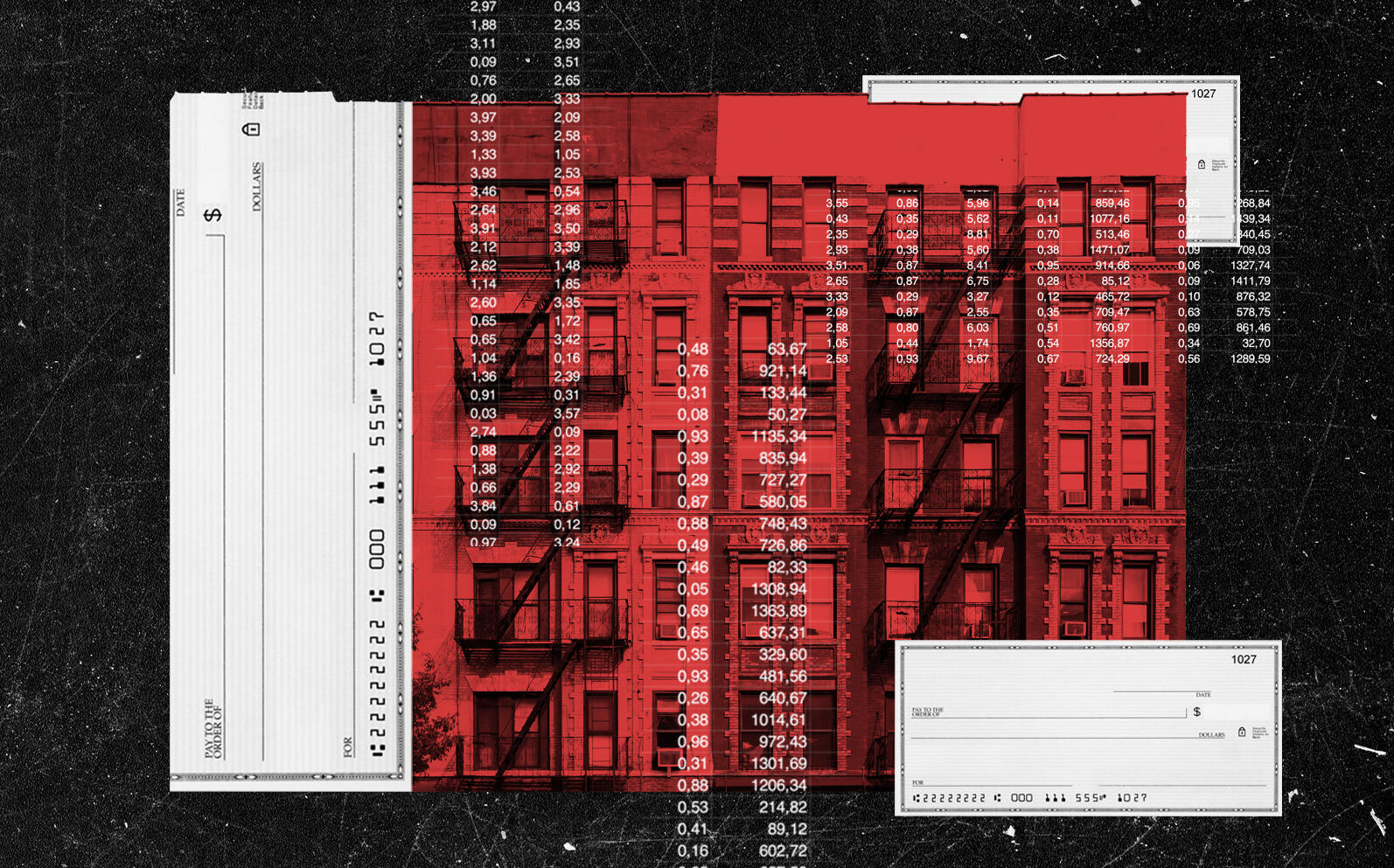Trending
Rent relief checks go out for the wrong amount
Delays, glitches, and now payments off by thousands of dollars

The glitches and delays that have defined New York’s rent relief program have spawned a new headache for landlords: relief checks that don’t match their tenants’ arrears.
Overpayments have been common for landlords in the Rent Stabilization Association, said Olga Someras, the group’s general counsel. But the extra money has meant more problems.

RSA’s Olga Someras
The state’s Office of Temporary and Disability Assistance, which oversees the program, sent checks to members in early August, then immediately phoned the recipients, asking them not to cash the overpayments and wait for a replacement.
“As of last week, I have not heard of them replacing checks,” said Someras.
While those landlords wait again for money they hoped to get a month or two ago, others received underpayments and now must navigate more red tape. Those who disagree with the assistance they are approved for have 30 days to request an appeal, said a spokesperson for the agency, linking to a page on the agency’s website which instructs owners to call a help number.
“But when those owners called the number, the people manning the lines were not aware of what the appeals process was,” Someras said.
Another owner group, the Community Housing Improvement Program, said complaints like these have been widespread.
“We have heard tons of stories. Sometimes the checks are a few hundred dollars off,” said Michael Johnson, communications director for the landlord group.

CHIP’s Michael Johnson
For other owners, the difference in the relief they need and what the program covers is in the thousands.
Johnson noted that most of his organization’s members are willing to take the mistake in stride, assuming the money keeps coming.
Jerry Waxenberg, an owner of 850 units who has submitted 80 relief applications, said the months between when the program’s web portal opened and checks started flowing — around three, for most landlords — is to blame.
Tenants who completed an application when the portal launched in June and have been unable to pay rent since have accrued arrears beyond what their original application covers.
The program does afford three months of future rent, so tenants who opted for payments down the line have brought in extra money. But as the months pass and those payments go toward rent, landlords like Waxenberg will be left with a deficit.
Even now, Waxenberg said the underpayments outweigh the overpayments. Of 22 checks received, he estimates the money covers only 80 percent of what his firm applied for.
“I looked at the first couple we got — $2,000 more, then the second one was $2,000 less,” he said. “The less ended up winning.”
As more time lapses between when tenants applied and payments go out, underpayments are likely to rise.
A renter who submitted an application June 1 for three months of future rent would only get rent paid through August. A landlord in that scenario who does not receive relief in the next three weeks will have another month of arrears come October — one the program will not cover.
As of Aug. 31, only $300 million of the state’s $2.7 billion fund has reached landlords, according to data from the OTDA.
“The delays in this program mean the math will never add up,” said Ann Korchak, a representative for the Small Property Owners of New York.
At this point, the 71,237 applications approved and the 111,291 still pending will likely eat up all of the funds available.
A report released by CHIP this week found that among the applications approved, the average payout is $17,192. Extrapolating from that, it would take more than $1.9 billion to pay out the remaining applications. That’s over $400 million more than the program has to give.
The legislation that enacted a new state eviction moratorium last week included an additional $250 million for applicants. Half will go to renters who make between 80 percent and 120 percent of the area median income; the other portion is set aside for landlords whose tenants refuse to participate in the program or moved while still owing rent. Both groups were not covered by the federal funds distributed to New York.
While the extra money may help the remaining applicants, it will not cover renters in need who have yet to apply. CHIP estimated their numbers at between 259,000 and 309,000 and said they collectively owe $3.4 billion to $5.2 billion — roughly $15,000 per tenant, give or take a few thousand.




